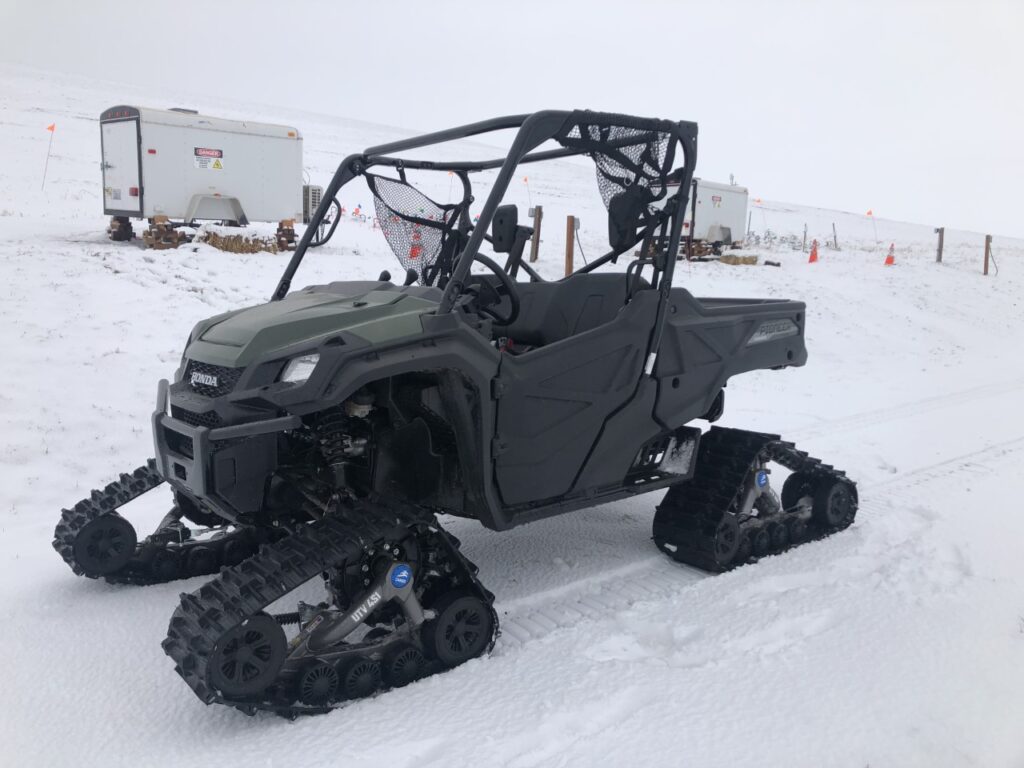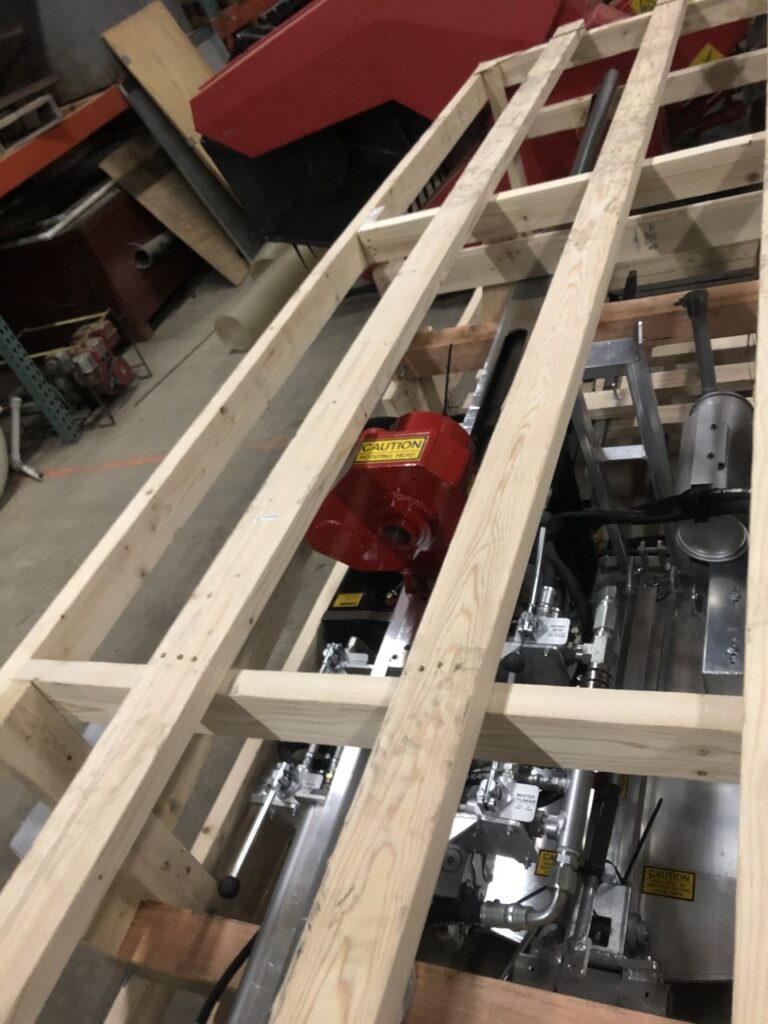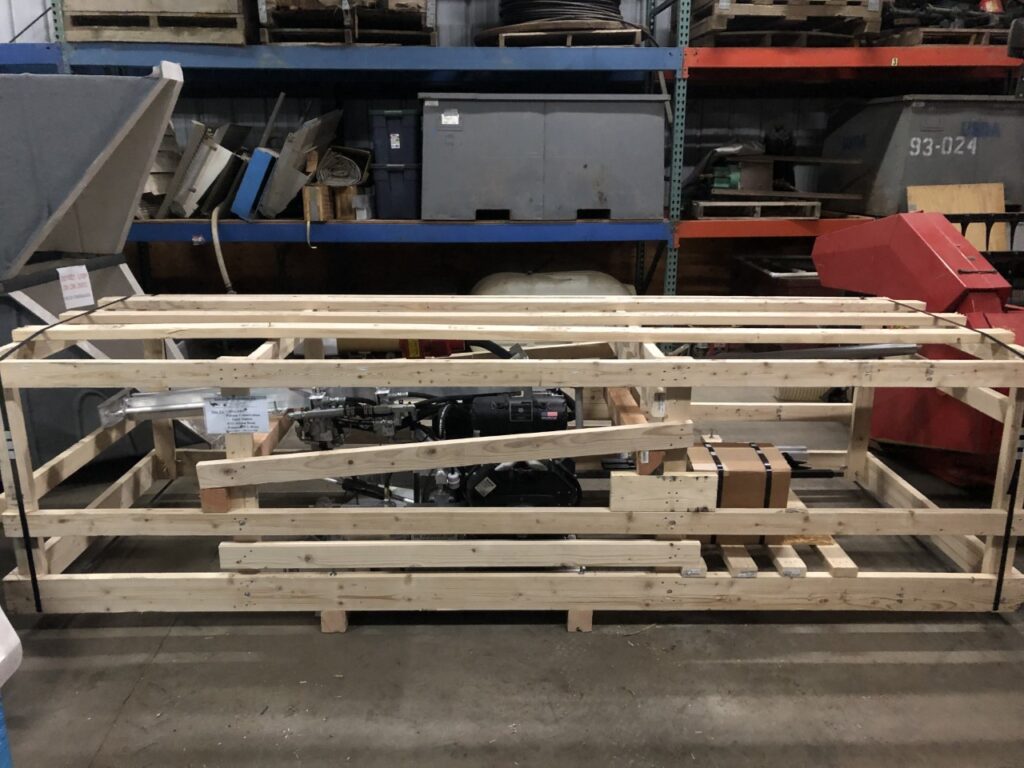(Part 1 of 2)
The greater Palouse Region is unique in many ways. The landscapes and average rainfall vary greatly across the area. There are many a day out in the field where one of us will say, “well if it was flat, we could do this…”. Farming in this region does not benefit from any flat fields worth mentioning, and the CAF LTAR site is no exception. Historically, this has posed tremendous challenges and safety issues for both farmers and researchers. This is especially true when taking soil samples on high-graded sloped fields. Some fields, the slopes are just too great to get equipment into for safety concerns. For years we have used hydraulic forced probes attached to pick-up beds, and more commonly heavy John Deere crawlers. This created potential problems with soil compaction. A need was seen to address these issues, maintain the highest forms of safety, and be mobile enough to conduct sampling efficiently.
So, to address these issues, what was the solution that America’s premier LTAR site came up with?
Let us show you couple photos as a hint…



(We will show you the answer soon)
